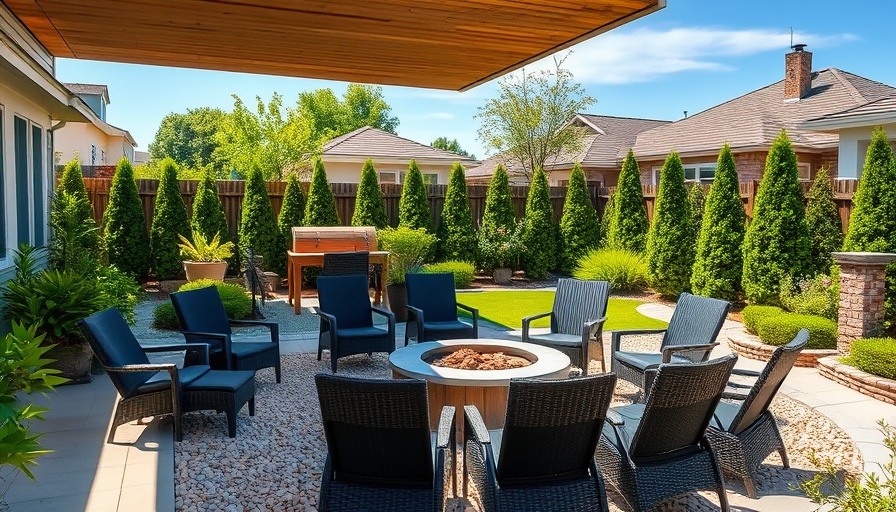
Why Starting a Native Plant Garden This Fall Can Transform Your Outdoor Space
As autumn approaches, the cooler temperatures and potential rainfall create the perfect environment for initiating a native plant garden. Not only is fall an excellent time for planting, but it also allows your garden to establish a strong root system before the winter chill sets in. A native garden promises to be both beautiful and ecologically beneficial, supporting local wildlife while thriving with minimal maintenance.
Understanding Native Plants: The Key to Low-Maintenance Gardening
Native plants, defined as species that have adapted to local climates and soil types, offer numerous benefits for gardeners looking to create a sustainable landscape. Unlike non-native plants, which often require fertilizers and excessive watering, native species are well-suited to their environment. They flourish in local conditions, needing less care and improving the overall health of your garden.
For instance, the purple coneflower (Echinacea purpurea), a versatile native plant that thrives in USDA zones 3-9, is not only beautiful but also attracts pollinators like butterflies and bees. When choosing native plants, it is essential to consider their specific soil, light, and drainage needs to maximize their performance.
Essential Steps for Preparing Your Site for Native Gardening
Successful native gardening begins with proper site preparation. Before planting, it’s crucial to assess your garden’s soil quality and drainage capabilities. Important steps include:
- Conducting Soil Tests: Understanding your soil type helps determine the best plants for your garden.
- Mapping Your Garden: Use ropes or spray paint to outline where you want your garden, making it easier to manage.
- Removing Old Grass: If you are converting a lawn area, a sod cutter can assist in removing unwanted grass efficiently.
Why Soil Health Matters: Creating a Thriving Ecosystem
Healthy soil is the foundation of a vibrant native garden. It is composed of minerals, organic matter, and living organisms. To support thriving ecosystems, avoid synthetic fertilizers that can harm soil life. Instead, focus on enriching your soil with compost and mulch, which adds nutrients and fosters a healthy environment for beneficial microbes.
Moreover, incorporating native plant species aids in the establishment of a resilient garden, reducing the need for watering and maintenance. As stated in Houzz, well-prepared soil promotes better growth and resilience against pests and diseases.
Choosing the Right Native Plants for Your Region
When selecting plants for your garden, consider local biodiversity and choose a variety of species that support pollinators and wildlife. For example, in the California region, native choices like California poppies and milkweed cater to local monarch butterflies. These regional selections not only enhance your garden's aesthetics but also foster ecological balance.
Starting small with a few native plants can signal to your neighbors the importance of biodiversity. As more gardens adopt this approach, communities become havens for pollinators, sparking a positive environmental impact.
Overcoming Gardening Challenges and Keeping it Sustainable
Common challenges in gardening can often seem daunting but can be managed with informed practices. For instance, integrating companion planting can deter harmful pests and support the health of your plants.
It is also vital to avoid using pesticides, as they harm the pollinator populations crucial for the ecosystem. Instead, focus on natural methods of managing pests and strive to create a balanced environment where plants can thrive alongside beneficial insects.
Inspiration for Your Native Plant Journey
With sustainable gardening gaining traction, it’s more important than ever to make informed choices. By embracing native plants, gardeners can not only beautify their spaces but also play a pivotal role in biodiversity conservation.
As we move into the planting season, seize the opportunity to design a low-maintenance garden that complements the local ecosystem. Engage with community resources, join native planting workshops, or glean insights for your garden transformation. The journey of planting a native garden starts today—don't miss out on being part of the solution!
 Add Row
Add Row  Add
Add 




Write A Comment